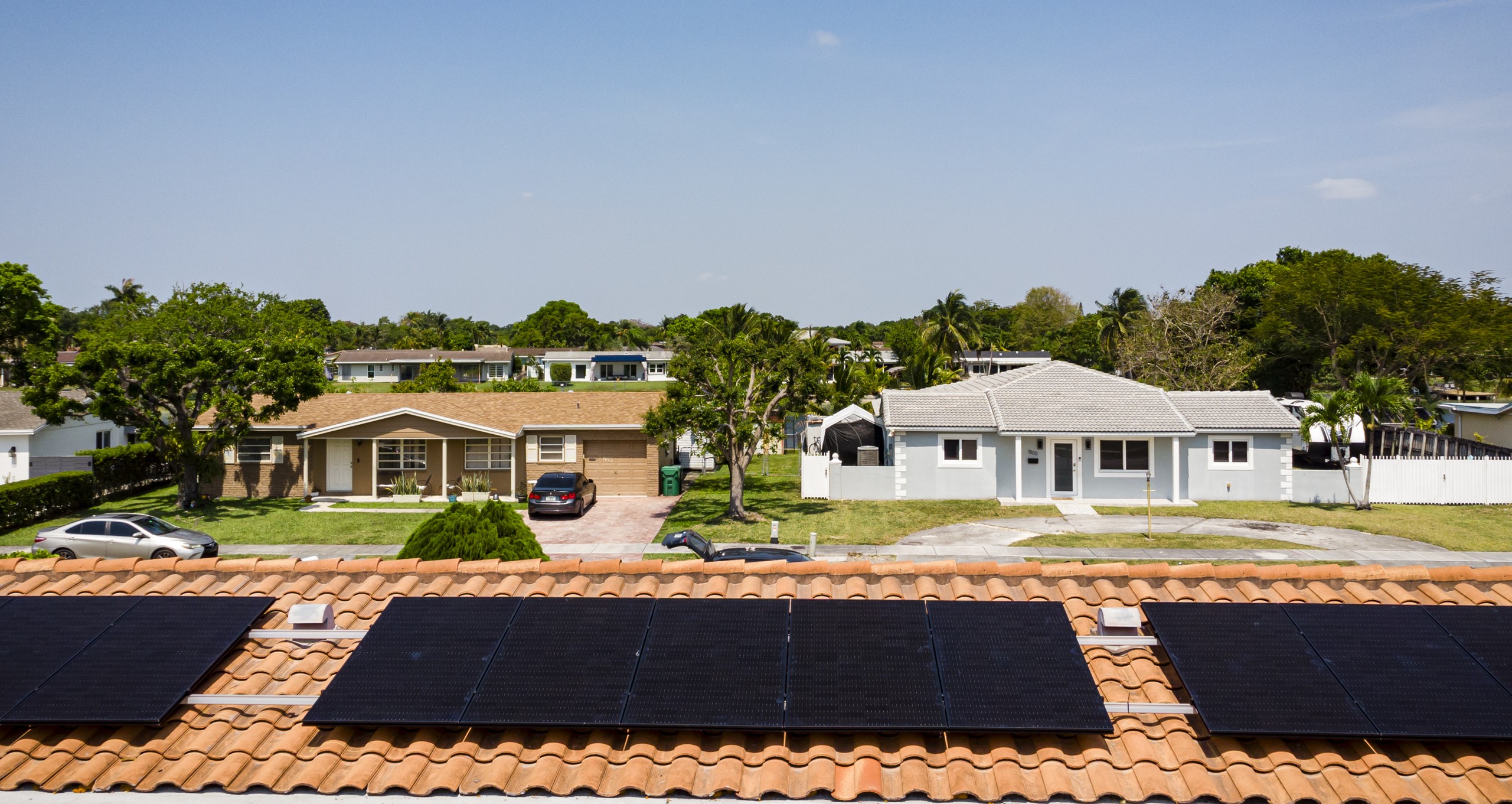Are you thinking of installing solar energy? It is a wise decision. However, you might be curious whether your homeowners association (HOA) can stop you. Sometimes, HOAs have strict rules designed to maintain property values and uphold the aesthetic standards of the community.
We have good news to share. Florida law is on your side. According to state regulations, HOAs cannot stop you from installing rooftop solar panels. Your installation only needs to comply with relevant building codes and standards.
What Does the Law Say?
Under Florida Statute 163.04, HOAs are prohibited from denying homeowners the right to install solar energy systems. Even if your HOA is worried about how solar panels look or affect property values, they cannot ban them outright. However, there are some nuances to consider:
Some HOAs may require homeowners to seek approval before making adjustments to their homes, including installing solar panels. While this is allowed, the HOA processes your request within a reasonable timeframe and will provide a written decision.
An HOA may impose certain restrictions related to the placement of solar panels. However, these restrictions cannot significantly impair the performance or efficiency of the solar energy system. If an HOA denies your request, they must provide a written explanation outlining the specific reasons for their decision. These reasons must be legitimate and cannot serve as an arbitrary barrier to solar installation.
How to Navigate the HOA Approval Process
If your HOA has a formal approval process for home remodellings, it’s essential to follow the steps carefully:
- Consult Your Installer: Your solar provider will typically assist you with the necessary paperwork. We will ensure that your proposed installation meets local building codes. We will be more than happy to assist you in the entire process.
- Submit a Formal Request: Provide detailed plans and documentation to your HOA for review.
- Communicate Proactively: Address any concerns your HOA might have about the appearance or impact of the solar panels.
- Know Your Rights: Familiarize yourself with Florida’s solar access laws to ensure your HOA complies with state regulations.
The Sunshine State Advantage
Florida’s abundant sunshine makes it an ideal location for energy efficiency. Installing rooftop solar panels will definitely benefit you. It allows you to reduce your utility bills, increase your home’s value, and contribute to a cleaner environment. All while enjoying protection under the law.
Don’t let outdated misconceptions or unnecessary hurdles stop you from harnessing the power of the sun. You can ensure a smooth installation process and start enjoying the benefits of renewable energy. Volt home will be happy to assist you in the entire process. Why don’t you schedule a consultation with us and learn about the ways we have worked with HOAs?





